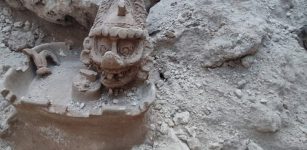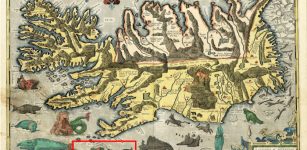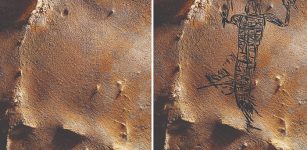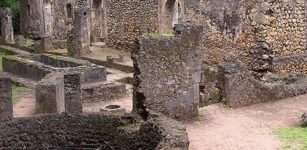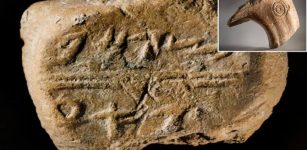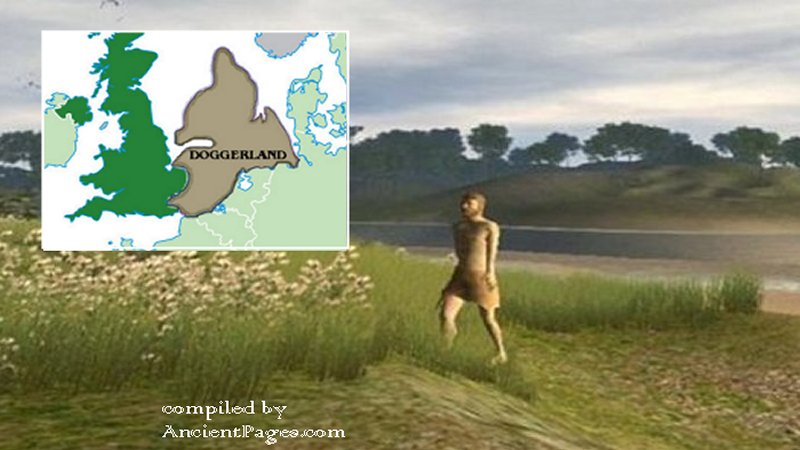India’s Iron Age May Have Come Into Existence Much Before The Rest Of The World
MessageToEagle.com – India has been widely known for its iron and steel since ancient times. The Delhi Iron Pillar is a marvellous example of India’s skilled metallurgists.
A column of cast iron 23 feet (7 meters) high, weighing approximately 6 tons with diameter of 16.4 inches stands in the courtyard of Kutb Minar in Delhi, India. It’s famous for the rust-resistant composition of the metals used in its construction.
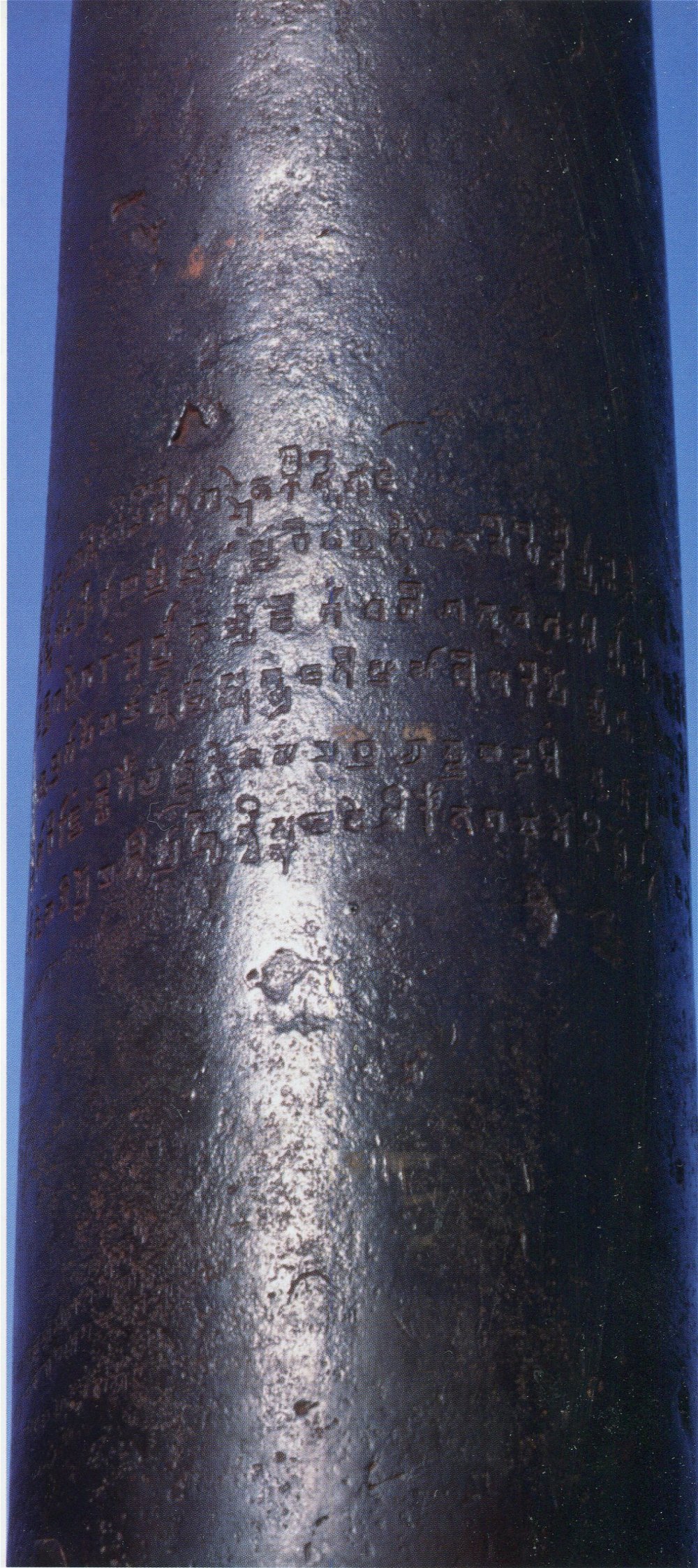
There are numerous early literary references to steel from India from Mediterranean sources including one from the time of Alexander (3rd c. BC.)
Ancient Indians produced iron capable of withstanding corrosion, most likely due to the high phosphorus content of the iron produced during those times.
See also:
Varahamihira: Indian Sage And One Of The Greatest Minds Of All Time
Atomic Theory Was Invented 2,600 Years Ago By Acharya Kanad – A Genius Ahead Of His Time
India: Plastic Surgery And Genetic Science – Found In Ancient Vedas – Were Practized Thousands Of Years Ago
Now, a team of archaeologists, excavating the University of Hyderabad campus and led by professor KP Rao, has found several artefacts, including small knives and blades besides earthen pots dating back to roughly 2,200 BC pushes back Iron Age in India,’ reports The Times of India.
Iron Age may have come into existence in Telangana much before the rest of the world. Telangana – a state situated on the Deccan Plateau, in southern India – has a long tradition of metallurgy.

“The implements that were found were tested at the National Geophysical Research Institute (NGRI) using a method called Optically Simulated Luminescence (OSL). The metal objects were dated to anywhere between 1800 BC and 2,400 BC. So we are assuming they were made during 2200 BC,” Prof KP Rao told TOI.
This, he said, predates the existing understanding about the advent of the Iron Age in the country.
Worldwide, experts have put the dawn of the age around 1200 BC, marking the time when humans started exploiting metals to make basic tools.
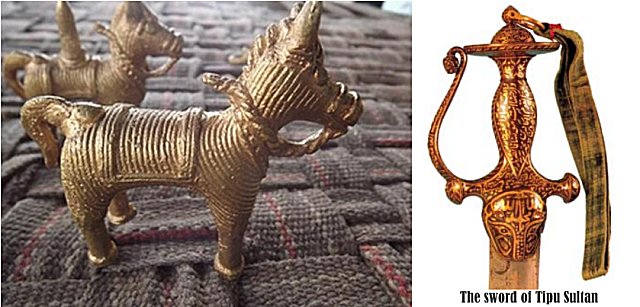
Right: Wootz steel was highly prized across several regions of the world over nearly two millennia and one typical product made of this Indian steel came to be known as the Damascus swords. A splendid example is the sword of Tipu Sultan.
“In India, it was understood that the Iron Age came into being around 1,800 BC in the Lahuradeva site in Uttar Pradesh. But this latest development shows that the Iron Age started much before that, at least in our country,” Rao said.
“It only goes to show that our ancestors had a rudimentary yet good knowledge about wielding weapons made of metals. We had estimated that the only metal that was moulded was copper, but due to its scarce nature it was not a feasible option. The idea of using abundant iron ore for tools and weapons is a landmark achievement,” he added.
The idea of using iron has only come to lead to more and more developments and as Rao said it is because of their advancements did we reach the space-age.
Currently, archaeologists have excavated 25 burial sites in the UOH area and the samples have been subjected to DNA analysis.
MessageToEagle.com



